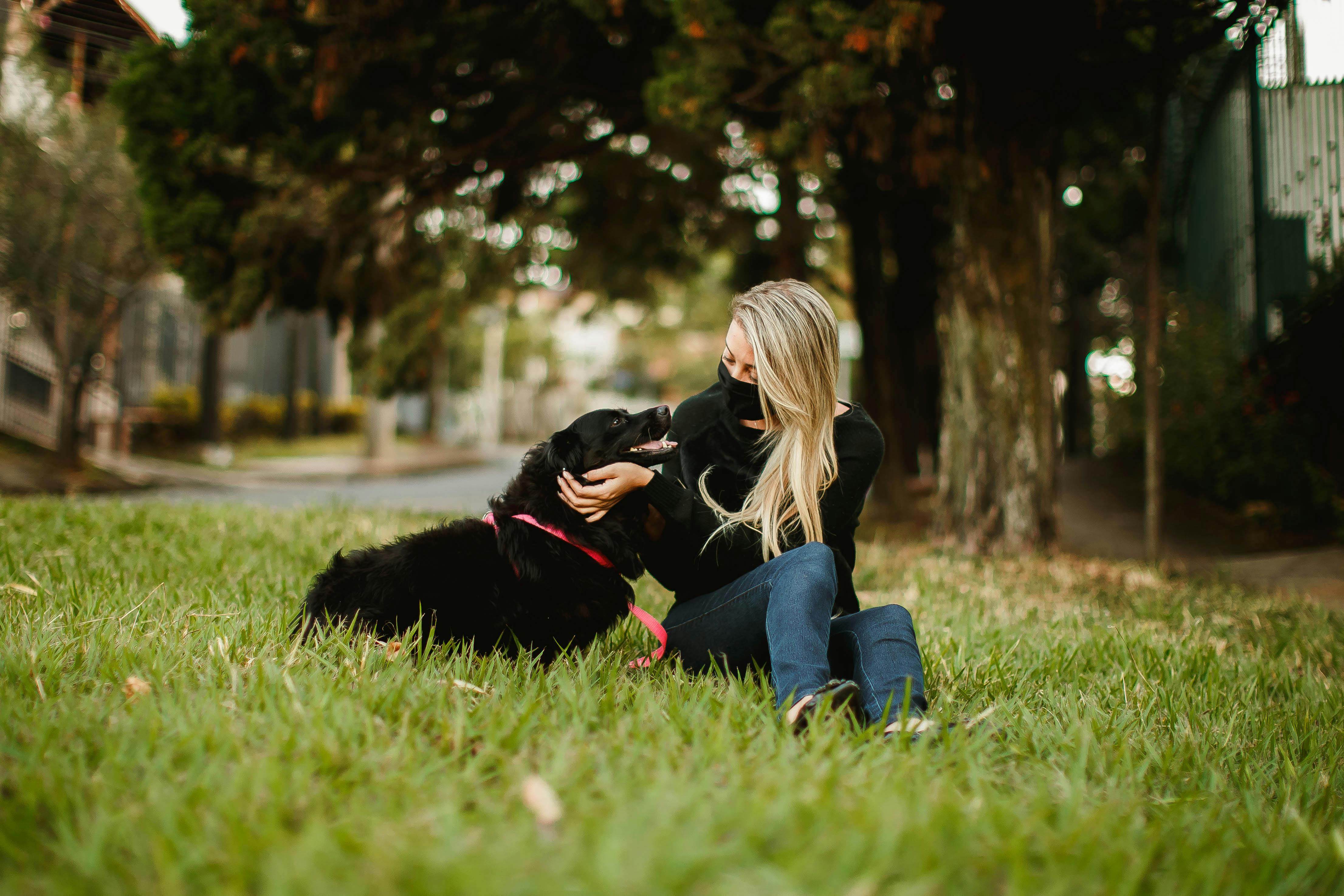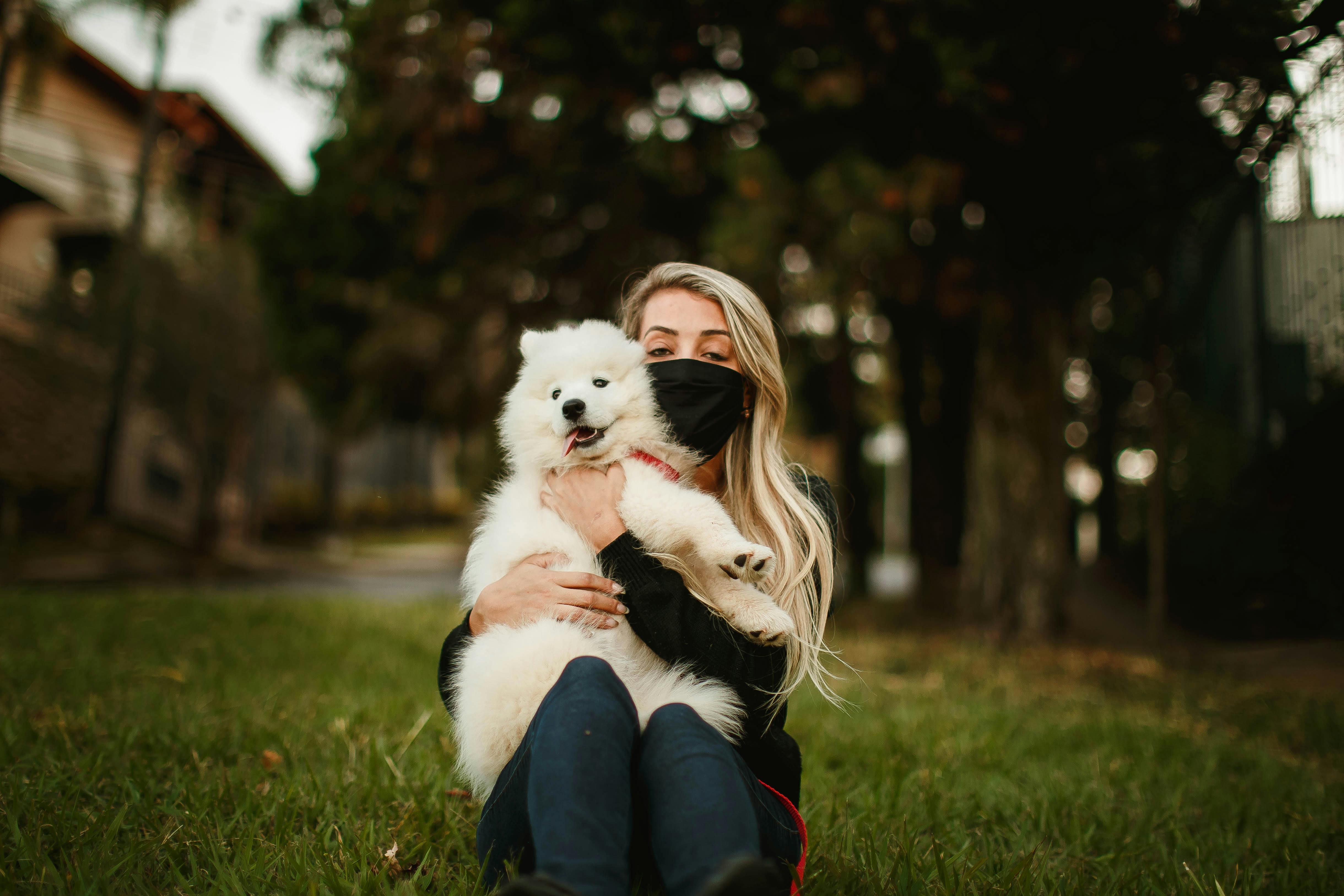Lawn Care Safe for Pets: Complete Guide for Homeowners
Keeping your lawn beautiful and your pets safe shouldn’t be a compromise. In today’s world, where chemical treatments dominate landscaping, understanding lawn care safe for pets is more crucial than ever. This comprehensive guide will teach you how to maintain a lush, green yard without jeopardizing your furry friends’ health.

Understanding the Fundamentals
Lawn care safe for pets refers to maintaining a healthy outdoor space without using harmful chemicals or treatments that could pose a risk to animals. This concept has grown in popularity as more homeowners prioritize sustainable living and pet safety.
Traditionally, lawns were maintained using synthetic fertilizers and pesticides. However, this often leads to toxic exposure for pets who roam, roll, or chew grass. Embracing safer lawn practices is not just a trend—it’s a responsible lifestyle choice for pet lovers.
1.1 What Makes a Lawn Pet-Safe?
A pet-safe lawn avoids harsh chemicals such as glyphosate, 2,4-D, and synthetic nitrates. Instead, it uses organic fertilizers, compost, and natural pest deterrents. These alternatives enrich soil health without endangering pets.
Studies show that exposure to lawn chemicals increases the risk of certain cancers in dogs. Real-world examples include dogs developing skin irritations or digestive issues after lawn treatment exposure. Recognizing these hazards helps homeowners make informed, healthier choices.
1.2 The Importance of Non-Toxic Treatments
Unlike conventional methods, non-toxic lawn care products prioritize safety for all family members, including four-legged ones. They prevent residue buildup and runoff, ensuring cleaner air and groundwater.
Pet-friendly lawn care is especially vital in households with children and animals. Case examples include communities where switching to organic methods significantly improved pet health and reduced vet visits.
Practical Implementation Guide
Now that you understand the basics, let’s explore how to transform your yard into a thriving, pet-friendly lawn. Expect gradual improvements in turf resilience, weed control, and pet health as you make these changes.

2.1 Actionable Steps
- Soil Testing: Start with a soil pH test to determine nutrient levels. This helps customize your fertilizer needs.
- Organic Fertilizers: Use bone meal, compost, or seaweed-based products instead of chemical variants.
- Manual Weed Control: Remove weeds by hand or use boiling water and vinegar solutions safely away from pets.
2.2 Overcoming Challenges
Common obstacles include:
- Persistent weeds – try repeated spot treatment with pet-safe herbicides
- Soil compaction – aerate twice yearly to boost oxygen flow
- Slow growth – supplement with organic compost tea weekly
Watch for yellow patches or paw irritation as signs of poor soil health or chemical exposure. Expert tips include timing applications during dry weather and allowing products to dry fully before allowing pets on the lawn.
Advanced Applications
Once you’ve mastered the basics, consider these advanced lawn care safe for pets techniques. These strategies offer higher performance and integrate seamlessly into eco-conscious landscaping goals.

3.1 DIY Composting Systems
Create your own compost from kitchen scraps and lawn clippings. This method not only reduces waste but enriches soil with pet-safe nutrients. Case studies show homes with composted soil yield lusher grass and healthier turf with fewer weeds.
3.2 Natural Pest Control Integration
Introduce beneficial insects like ladybugs and nematodes to control pests organically. These systems reduce the need for harmful pesticides and support biodiversity.
Ensure compatibility with pets by avoiding essential oils and citrus sprays directly on grass, as these can irritate paws and fur.
Future Outlook
Eco-conscious landscaping is on the rise. Innovations in biotechnology, such as seed coatings with natural pest resistance, are gaining traction. Market research predicts a 40% increase in organic lawn care products by 2030.
Homeowners can prepare by staying informed, investing in sustainable products, and seeking pet-safe landscaping services. Early adoption ensures both environmental and personal benefits.
Conclusion
Three key takeaways: First, chemical-free lawns promote pet health. Second, organic practices enhance soil and grass quality. Third, long-term sustainability is achievable with consistency.
Lawn care safe for pets is more than a trend—it’s a movement. Start by testing your soil and switching to organic products. Your pets will thank you with their health and happiness.
Frequently Asked Questions
- Q: What does “lawn care safe for pets” mean? It means avoiding toxic chemicals in lawn treatments to protect pets from exposure-related health issues.
- Q: How do I start a pet-safe lawn? Begin with soil testing and transition to organic fertilizers and natural weed control.
- Q: How long does it take to see results? Typically 6–12 weeks, depending on grass type, climate, and maintenance consistency.
- Q: Is organic lawn care more expensive? Initially yes, but long-term costs are lower due to fewer treatments and healthier soil.
- Q: How does it compare to traditional lawn care? Pet-safe care offers slower but safer results with less environmental impact.
- Q: Is this difficult for beginners? Not at all. Start with basic changes like switching fertilizers and build from there.
- Q: Can this work in commercial spaces? Absolutely. Schools, parks, and pet care centers are increasingly adopting pet-friendly practices.
